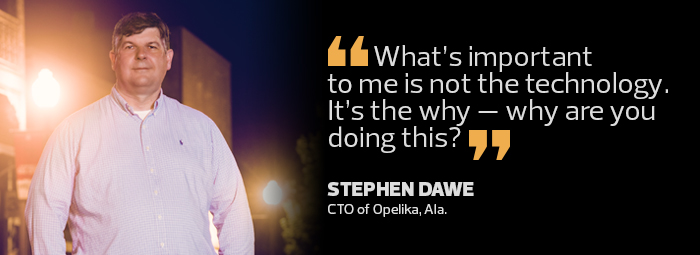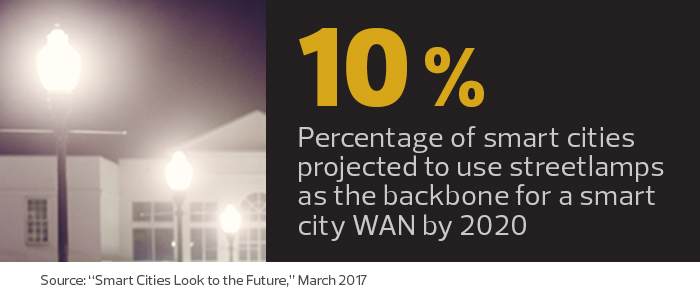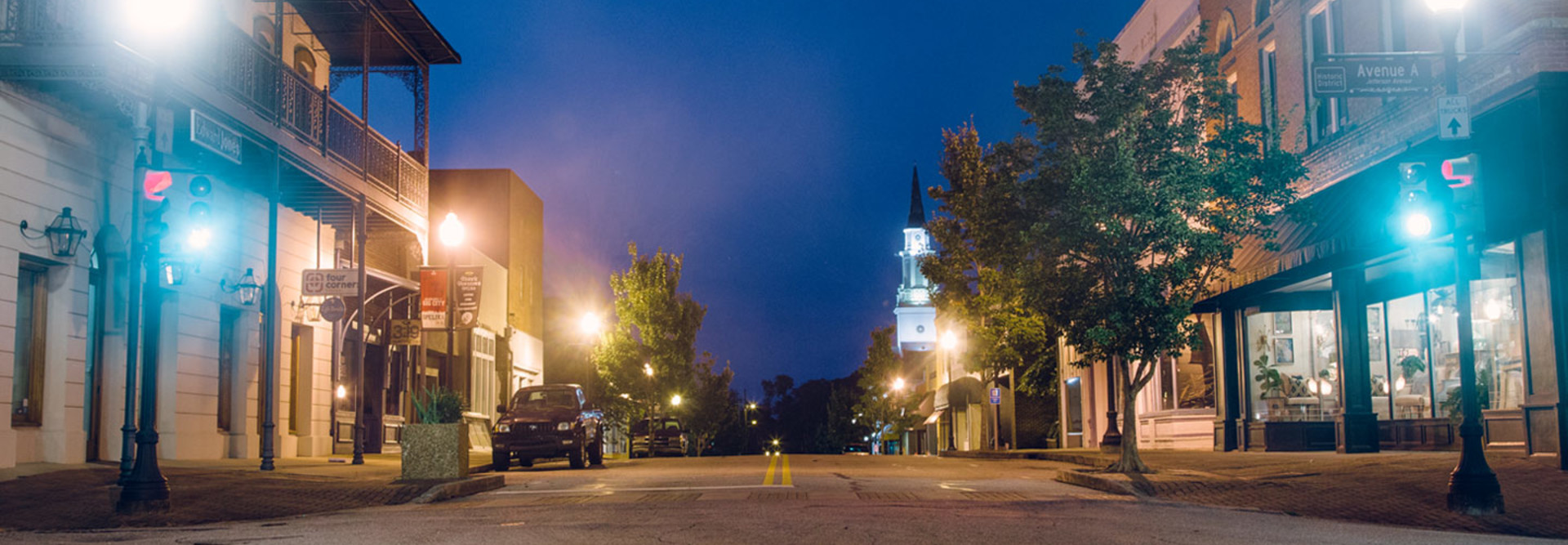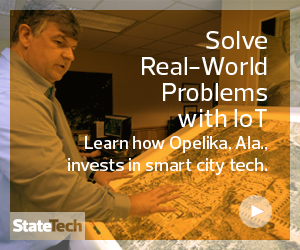“We are seeing more and more cities think of cross-cutting initiatives that involve multiple departments sharing infrastructure and costs and data,” says Jesse Berst, chairman of the Smart Cities Council. “We’re moving from early adopters to early mainstream.”
DOWNLOAD: Read this white paper to see how IT modernization improves local government!
Opelika Focuses on Practical Smart City Use Cases
Opelika’s path toward smart city solutions began around a decade ago, when the city became the first “gig city” in the state, capable of delivering gigabit speeds to every building in Opelika through fiber. The city also added computer power and virtualized its data center, then connected police body and dashboard cameras to a system that automatically offloaded video footage when officers and cruisers came within range of the station.
At every step, decisions were driven by operational needs, and solutions were implemented only when scalable and practical. For instance, the city’s firefighters asked to monitor for gas leaks along the railroad tracks. Dawe knew there was no practical way to build out a Wi-Fi mesh network to cover 52 square miles in a largely wooded area, but then he discovered Cisco Systems’ LoRaWan (long-range WAN) solution, which connects a radius of nearly 3 miles and uses so little power that sensor batteries will last three to four years.

Dawe’s department was able to cover the entire city with LoRaWan, and Opelika is currently testing the gas sensors. The city’s smart streetlights, which operate on a separate network, collect video footage from motion-activated cameras. But instead of building out an expensive solution to transport the data, the city is simply storing the footage at the network edge, and it will send trucks to manually collect SD cards to help investigate an incident. “We have to take a practical approach,” Dawe adds. “Solutions have to be manageable, and they have to be cost-effective.”
Coral Gables Plans to Collect Data to Enhance Services
In Florida, the city of Coral Gables recently launched an initiative called the Smart City Hub, a public collaboration and open-data platform that aggregates numerous systems, including an app store, citizen engagement tools, and data from IoT sensors and other sources.
“Smart city technologies and initiatives came as part of the process of improving quality of life,” says Raimundo Rodulfo, IT director for Coral Gables. “It wasn’t, ‘We want to implement smart cities.’ It was, ‘We need to become more resilient.’”
Coral Gables is in the process of installing more IoT sensors and smart lighting that will provide real-time information about vehicle traffic, parking and environmental data (in addition to pedestrian counts, which sensors already track). Officials hope that developers will take advantage of the information available on the Smart City Hub to create new applications that will be useful to citizens. Rodulfo also sees the potential to expand use cases around sustainability — including tracking water levels in the city’s canals and alerting citizens if there’s a danger of flooding.
“I told my teams, ‘We’ve just started,’” Rodulfo says. “We need to continue maximizing the value of this technology.”
MORE FROM STATETECH: See how innovation zones serve as testbeds for smart cities!
Las Vegas Starts to Build the Infrastructure of the Future
In 2016, Las Vegas started getting serious about smart city technologies, using a federal grant application as a catalyst for its efforts. Although the city didn’t win the award, it has since worked with vendors such as Cisco and Hitachi to test and deploy new solutions.
Las Vegas is already running a free autonomous shuttle in its downtown area, and it is using direct short-range communications to send signals from traffic lights to autonomous cars and city vehicles.
Las Vegas is also using Hitachi video cameras and Microsoft Azure cloud analytics to improve policing and upkeep in city parks; for example, to check for activity after parks are supposed to be closed, and to generate work orders for crews to clean up messes.

The city is also testing sensors that send alerts when garbage cans are filling up and show where people are jaywalking, with both tests aimed at providing officials information that will help them improve services to citizens.
Michael Lee Sherwood, director of IT for Las Vegas, predicts that the free shuttle may one day expand to an entire autonomous public transit network. “This is the infrastructure of the future,” Sherwood says. “Cities that invest in this type of technology will be the cities that people migrate to.”











